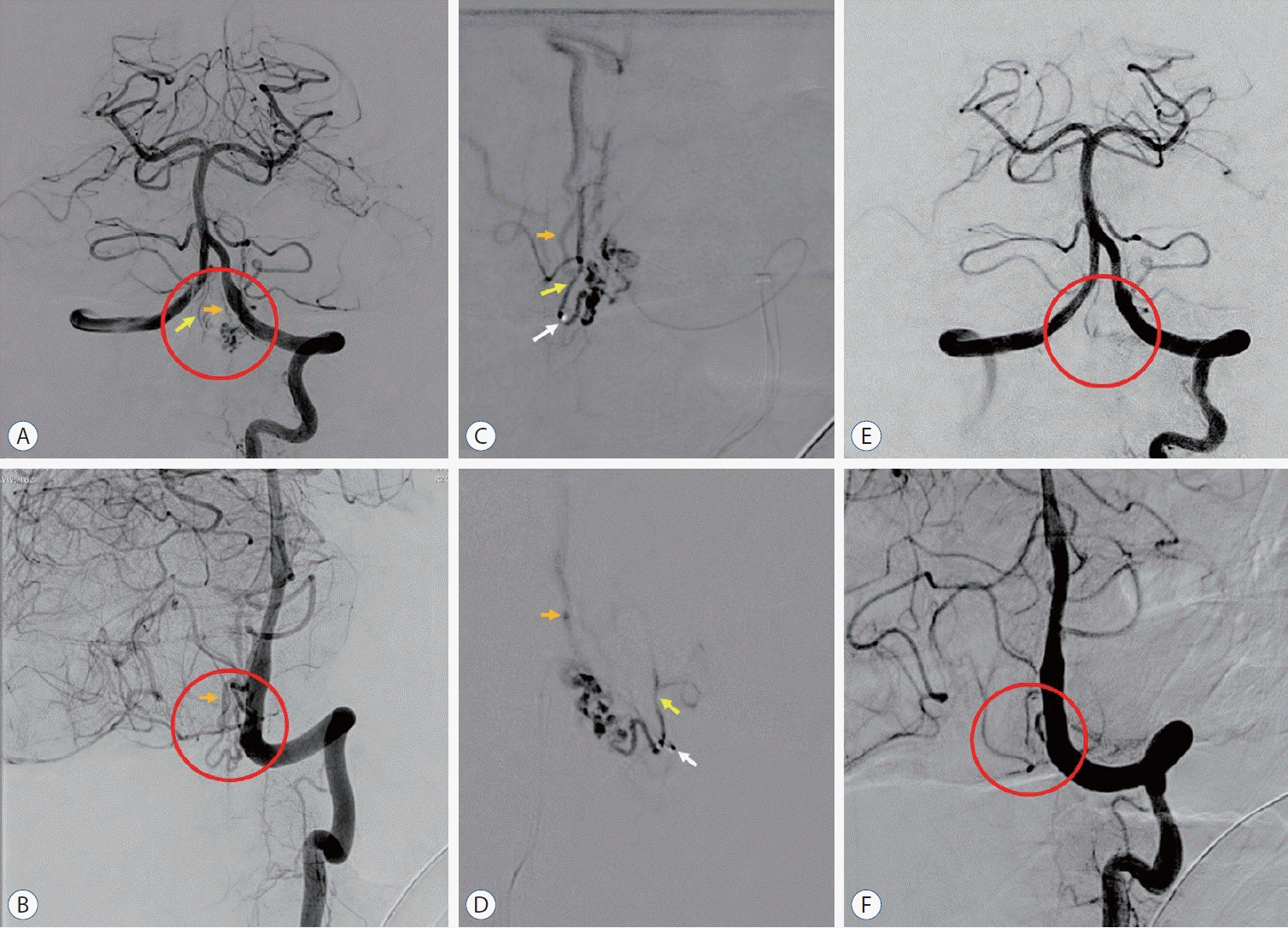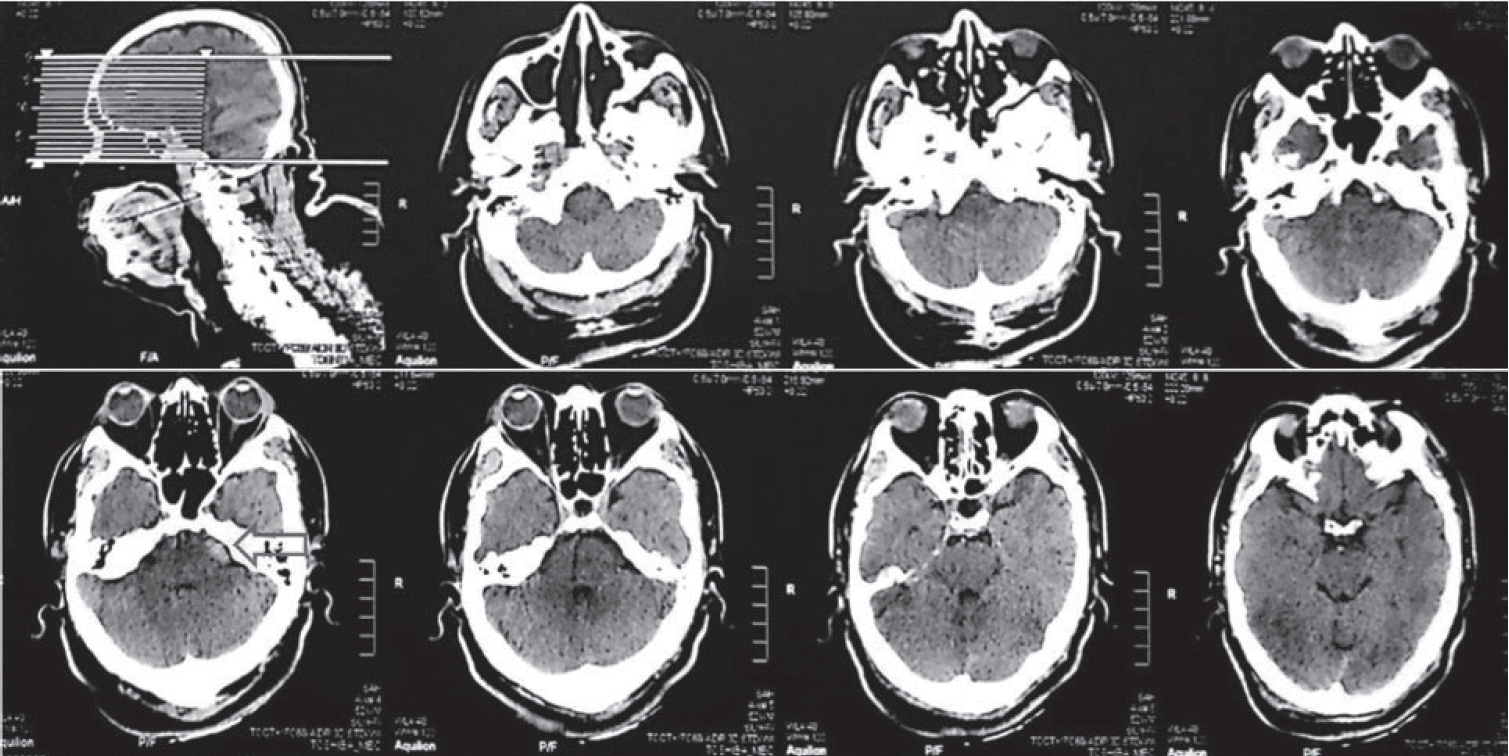1. Ayata C, Lauritzen M. Spreading depression, spreading depolarizations, and the cerebral vasculature. Physiol Rev. 95:953–993. 2015.
2. Dodd WS, Laurent D, Dumont AS, Hasan DM, Jabbour PM, Starke RM, et al. Pathophysiology of delayed cerebral ischemia after subarachnoid hemorrhage: a review. J Am Heart Assoc. 10:e021845. 2021.
3. Francoeur CL, Mayer SA. Management of delayed cerebral ischemia after subarachnoid hemorrhage. Crit Care. 20:277. 2016.
4. Goursaud S, Martinez de Lizarrondo S, Grolleau F, Chagnot A, Agin V, Maubert E, et al. Delayed cerebral ischemia after subarachnoid hemorrhage: is there a relevant experimental model? A systematic review of preclinical literature. Front Cardiovasc Med. 8:752769. 2021.
5. Ikram A, Javaid MA, Ortega-Gutierrez S, Selim M, Kelangi S, Anwar SMH, et al. Delayed cerebral ischemia after subarachnoid hemorrhage. J Stroke Cerebrovasc Dis. 30:106064. 2021.
6. Koch MJ, Stapleton CJ, Agarwalla PK, Torok C, Shin JH, Coumans JV, et al. Open and endovascular treatment of spinal dural arteriovenous fistulas: a 10-year experience. J Neurosurg Spine. 26:519–523. 2017.
7. Krings T, Geibprasert S. Spinal dural arteriovenous fistulas. AJNR Am J Neuroradiol. 30:639–648. 2009.
8. Murai S, Hiramatsu M, Suzuki E, Ishibashi R, Takai H, Miyazaki Y, et al. Trends in incidence of intracranial and spinal arteriovenous shunts: hospital-based surveillance in Okayama, Japan. Stroke. 52:1455–1459. 2021.
9. Neifert SN, Chapman EK, Martini ML, Shuman WH, Schupper AJ, Oermann EK, et al. Aneurysmal subarachnoid hemorrhage: the last decade. Transl Stroke Res. 12:428–446. 2021.
10. Qureshi AI, Luft AR, Sharma M, Guterman LR, Hopkins LN. Prevention and treatment of thromboembolic and ischemic complications associated with endovascular procedures: part II--clinical aspects and recommendations. Neurosurgery. 46:1360–1375. 2000.
11. Sarrafzadeh AS, Vajkoczy P, Bijlenga P, Schaller K. Monitoring in neurointensive care - the challenge to detect delayed cerebral ischemia in high-grade aneurysmal SAH. Front Neurol. 5:134. 2014.
12. Takai K. Spinal arteriovenous shunts: angioarchitecture and historical changes in classification. Neurol Med Chir (Tokyo). 57:356–365. 2017.
13. van der Kleij LA, De Vis JB, Olivot JM, Calviere L, Cognard C, Zuithoff NP, et al. Magnetic resonance imaging and cerebral ischemia after aneurysmal subarachnoid hemorrhage: a systematic review and metaanalysis. Stroke. 48:239–245. 2017.
14. Vergouwen MD, Vermeulen M, van Gijn J, Rinkel GJ, Wijdicks EF, Muizelaar JP, et al. Definition of delayed cerebral ischemia after aneurysmal subarachnoid hemorrhage as an outcome event in clinical trials and observational studies: proposal of a multidisciplinary research group. Stroke. 41:2391–2395. 2010.
15. Zhao J, Esemen Y, Rane N, Nair R. Intracranial subarachnoid haemorrhage caused by cervical spinal dural arteriovenous fistulas: case report. Front Neurol. 12:685332. 2021.






 PDF
PDF Citation
Citation Print
Print




 XML Download
XML Download